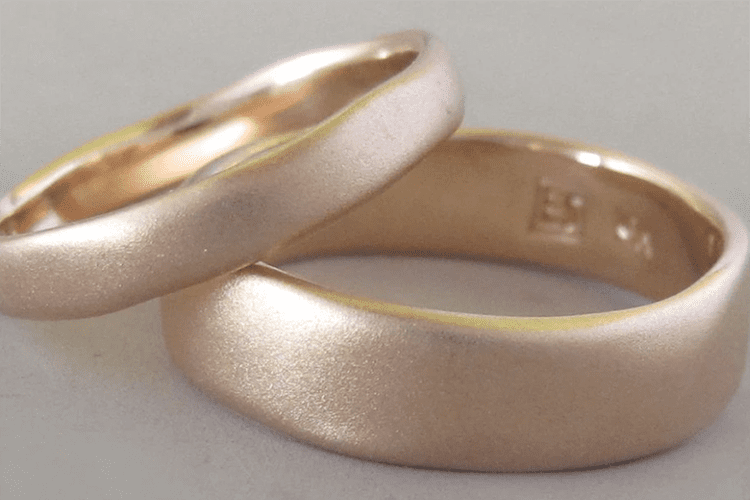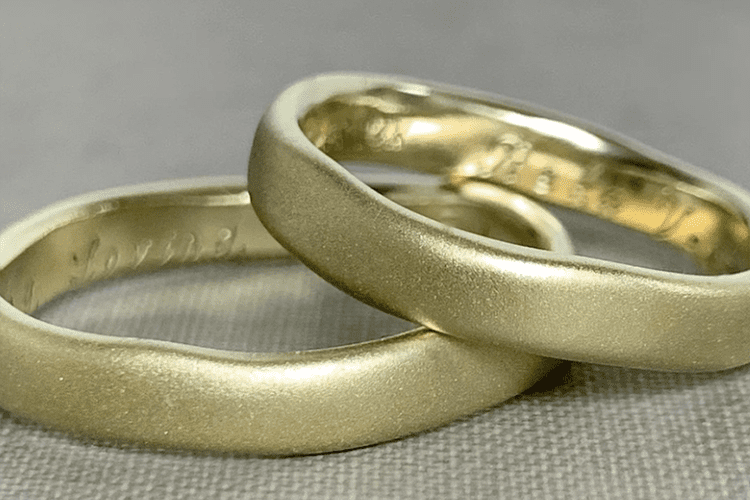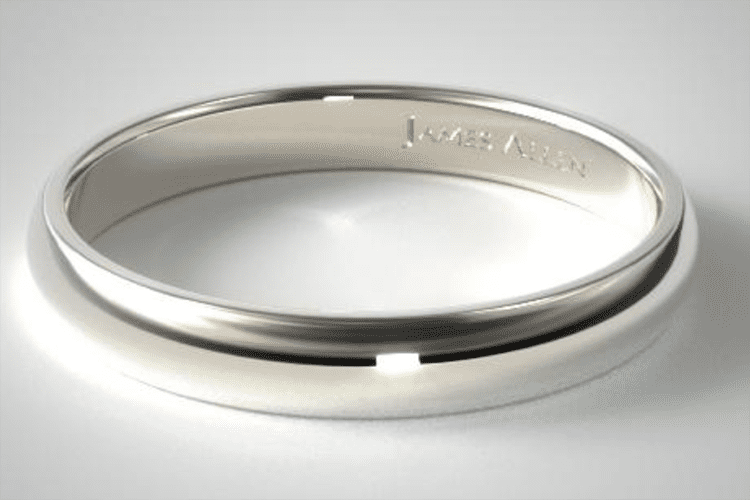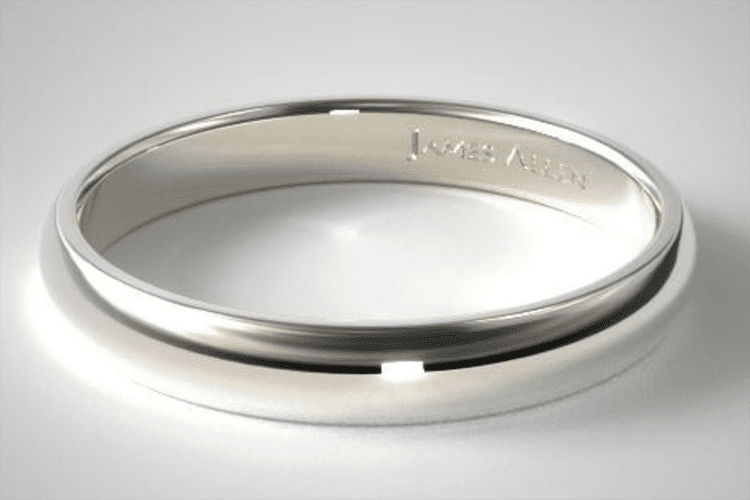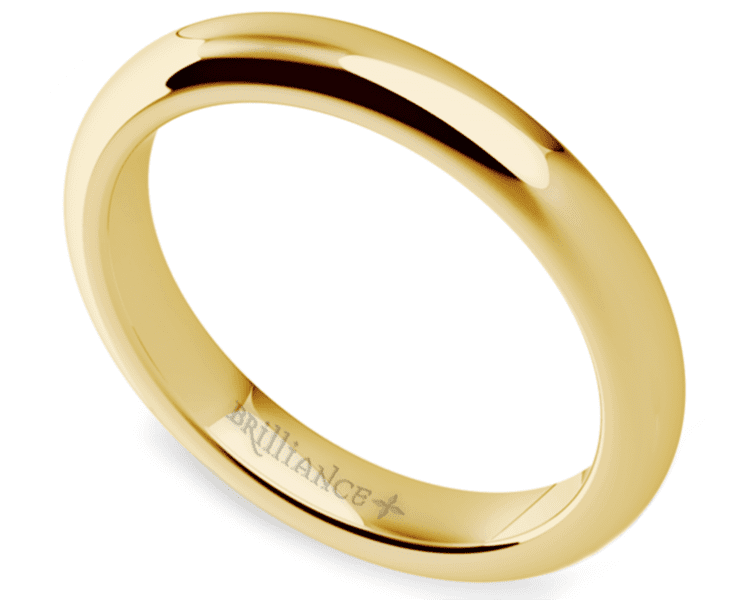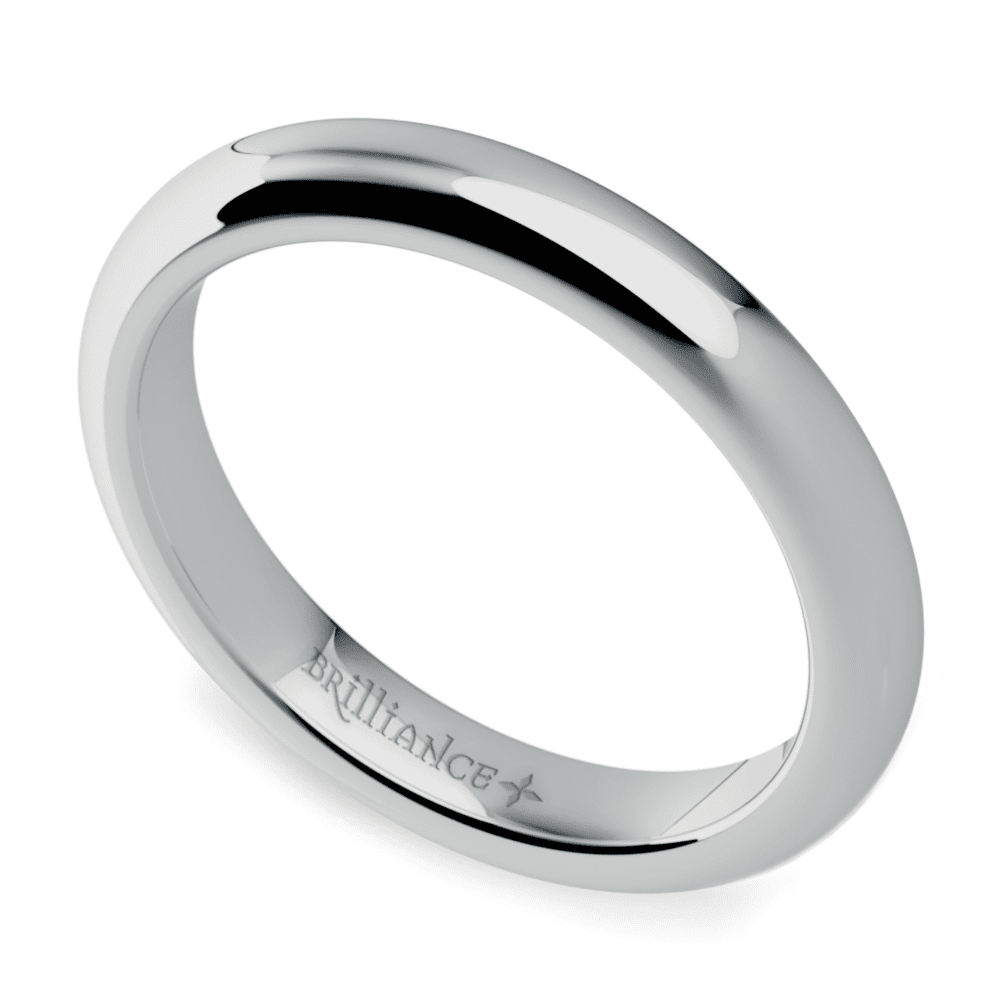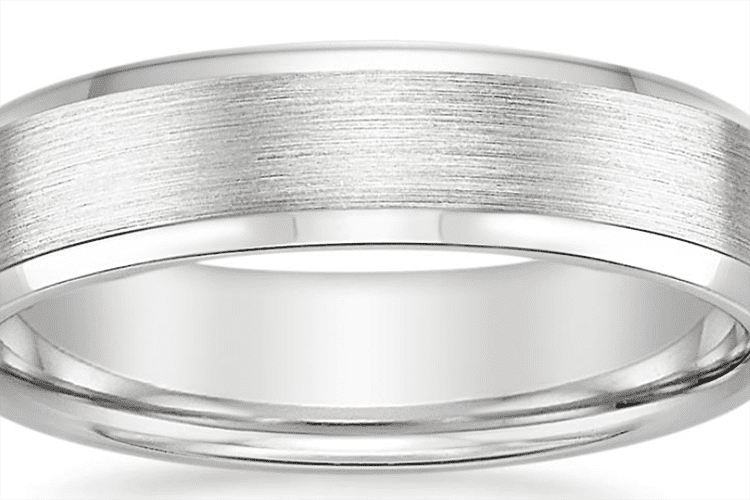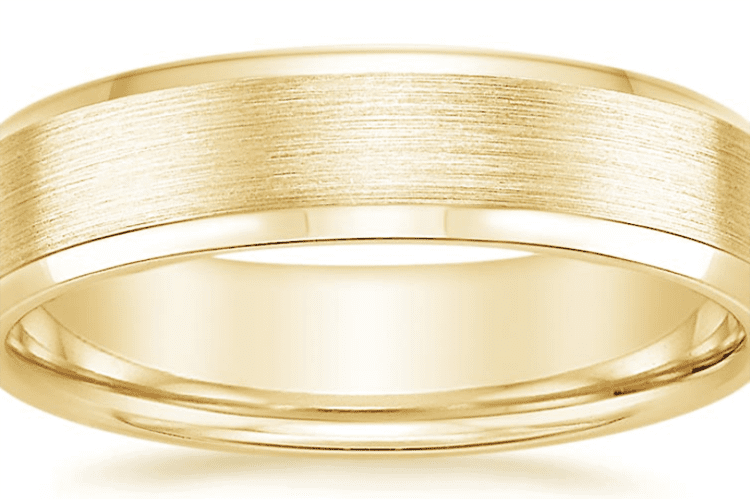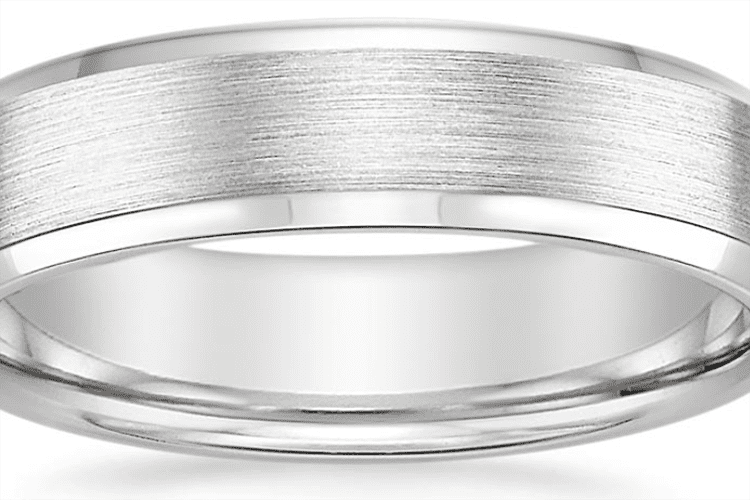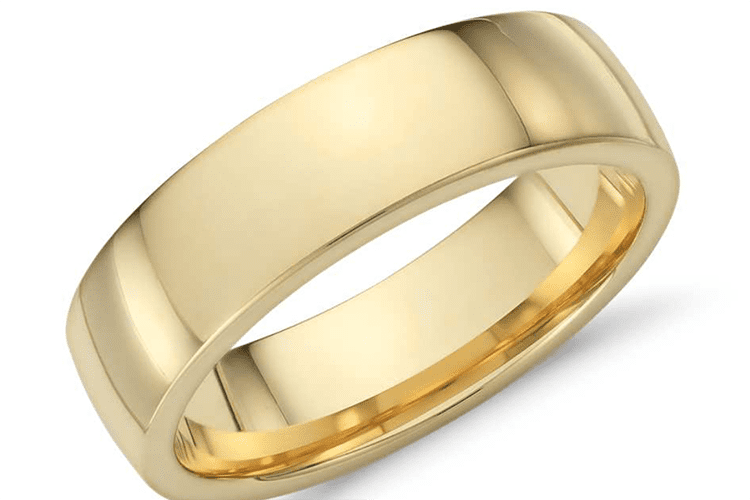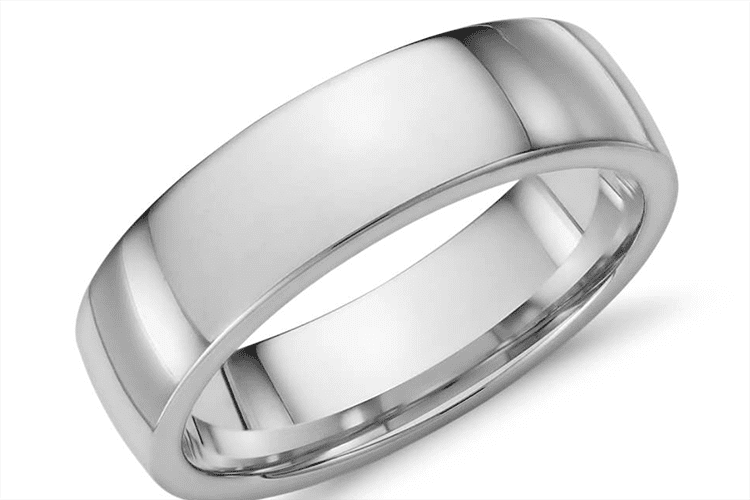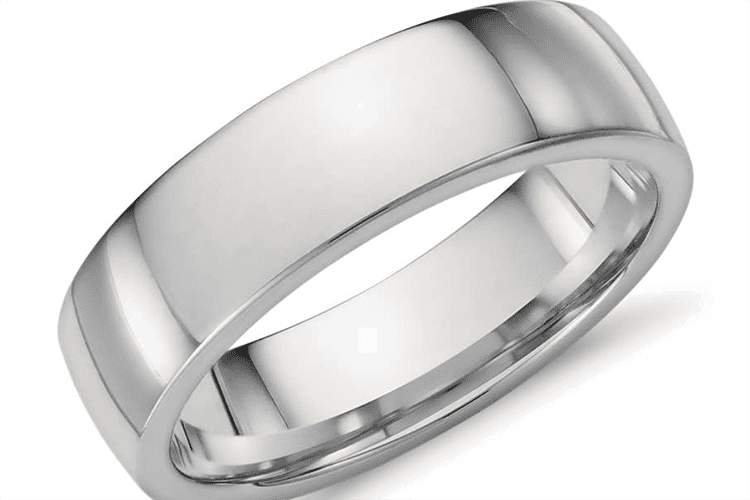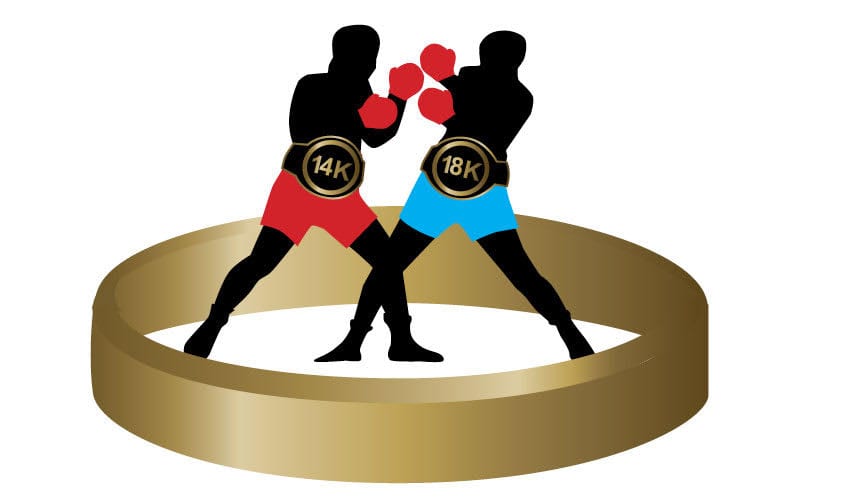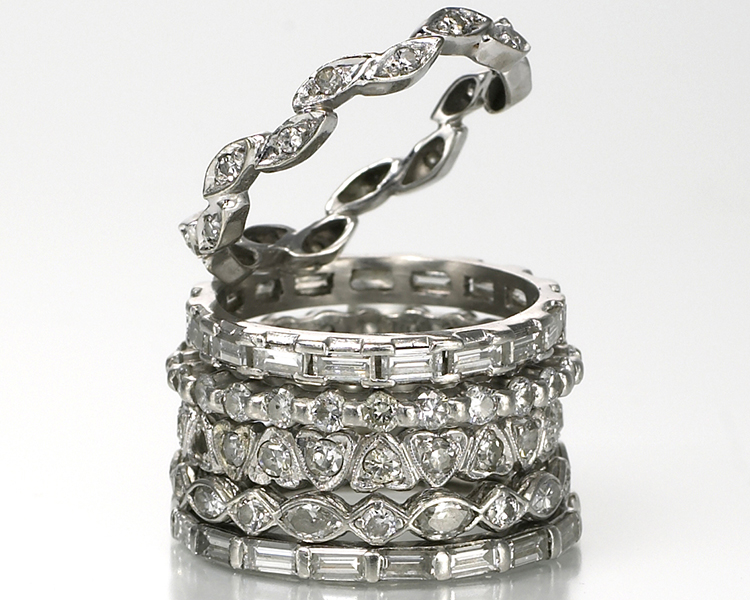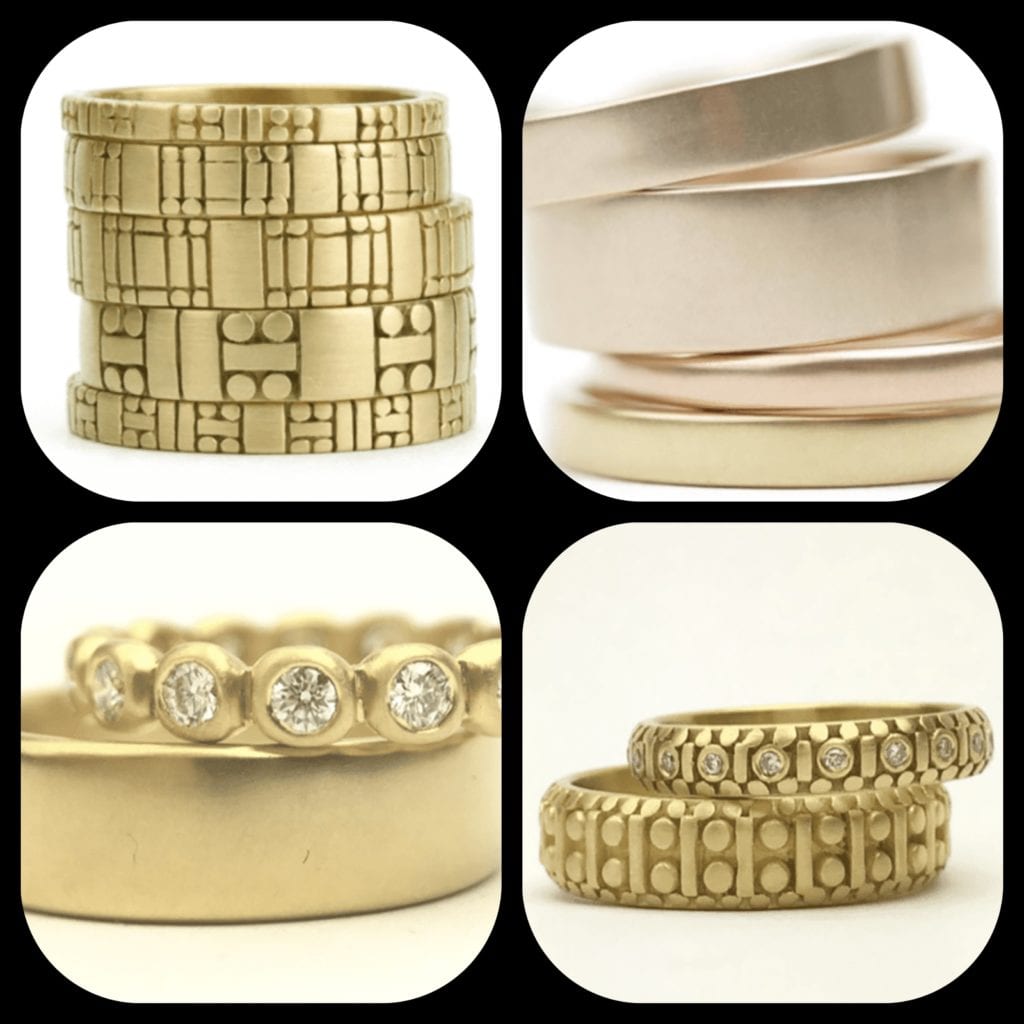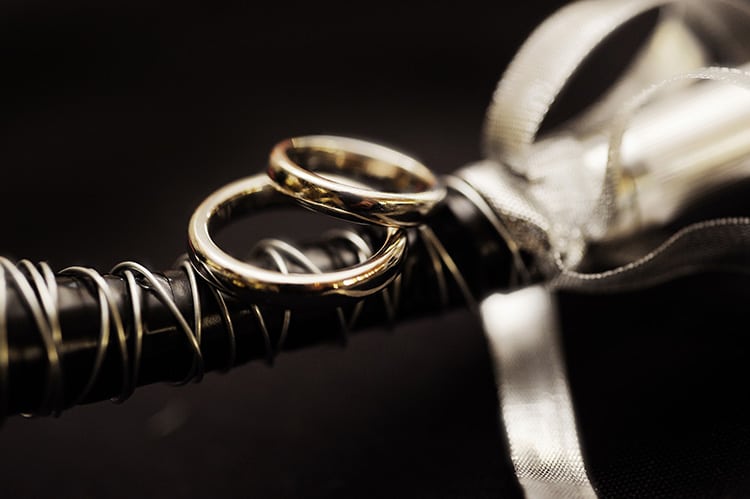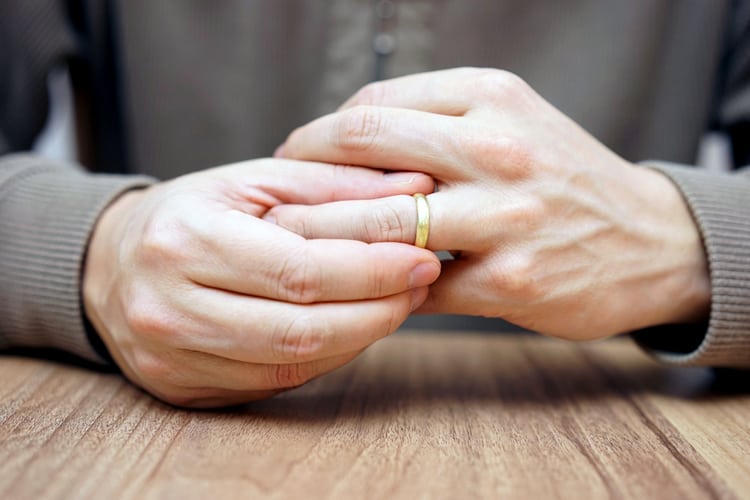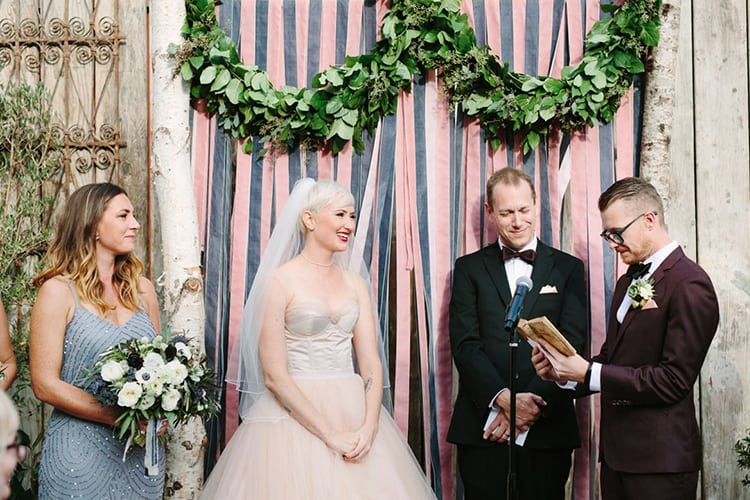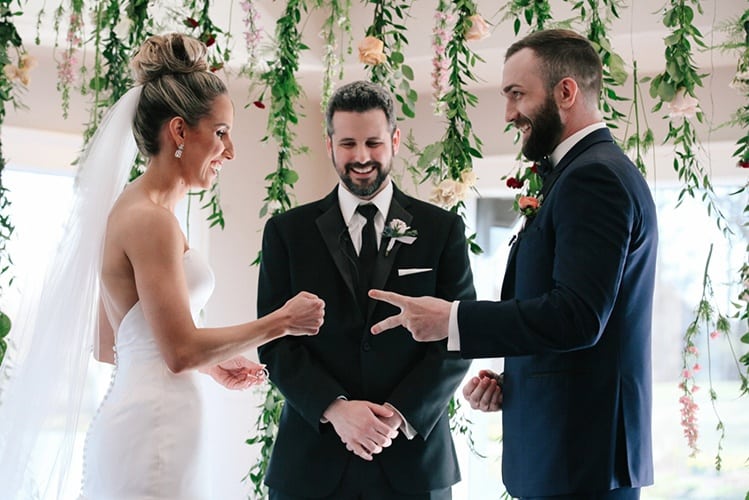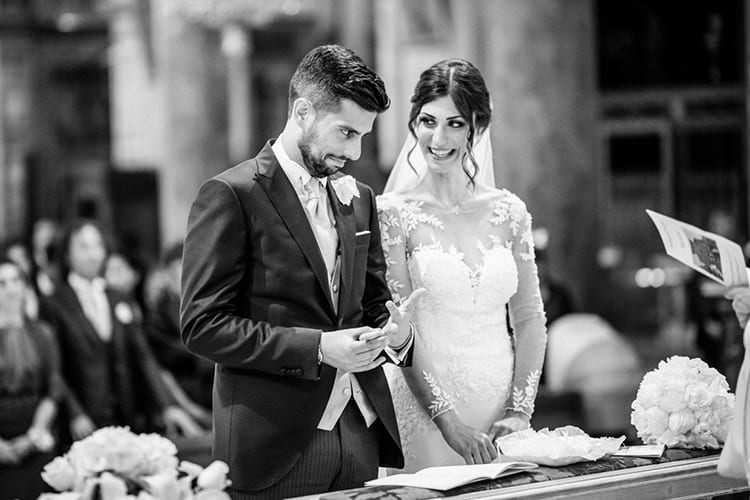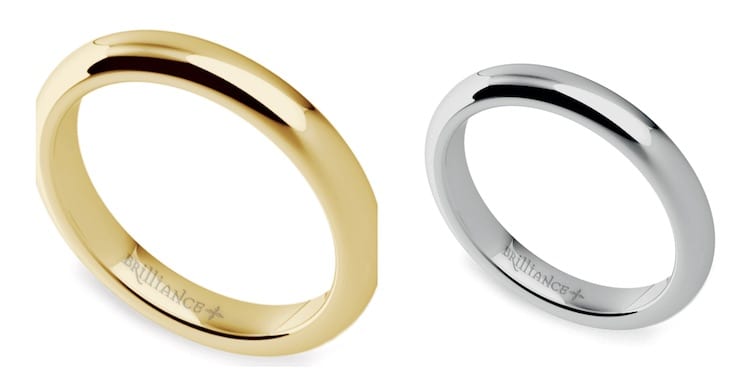
Not so long ago, a gold ring was gold, and a silver ring was silver. Silver rings are still pretty identifiable, but gold is now available in all kinds of different hues. In addition to the traditional yellow gold — the one you think of when you picture an Olympic medal ceremony or bricks in a bank vault — rings are now often made using both rose gold and white gold (and sometimes both).
Below, we look at which types of gold are toughest, which are best for allergy sufferers and which are most cost efficient—and for each category we point out the winners and losers (but truth be told it’s hard to go wrong with a gold band).
How Alloys Affect Ring Color
Rose, white, and yellow gold are all alloys. Rings come in a few varieties, most commonly 14 or 18 karat (which means 14/24ths or 18/24ths of the ring is actual gold). Alloy metals increase the strength and durability of the rings. In white gold, alloys like nickel, palladium, manganese, and silver are used to give the ring the appearance of platinum — further enhanced with a rhodium plating on the outside. Yellow gold, by contrast, is alloyed with copper and zinc to preserve the color of the gold in the ring. Rose gold, sometimes called Russian gold, is alloyed exclusively with copper and has, you guessed it, a rosy hue. These days you can also get green gold, which uses silver and cadmium to give the metal a greenish hue. (Below left: Rose gold. Below right: Green gold. Photos courtesy of Elizabeth Scott Botanical Jewelry.)
In terms of popularity, white gold is having a moment right now. When we look at the price of gold vs platinum jewelry we can see why many people elect white gold over platinum. While platinum has a slightly brighter sheen, this platinum ring from James Allen costs $750 while the same slightly domed 4mm ring made of 14 karat white gold will set you back only $430. White gold can’t be plated in platinum, but to capture a similar appearance, you could use white gold without exceeding your wedding budget. (Below left: White gold. Below right: Platinum. Photos courtesy of James Allen.)
White vs Yellow Gold: Which Is Toughest?
White gold is often alloyed with stronger materials, yellow gold less so. This makes white gold more resistant to scratches. You can also go for a “lower karat band” when you pick a ring made with white gold, meaning that less of the ring is gold and there are more alloy metals. The major reason to pick a higher karat yellow gold ring is for the richness of its color, but white gold does not get its color from the gold in the ring so you can go with a more durable 14K option. Interestingly, rose gold is alloyed with copper and is the toughest of the three gold colors.
White gold might not scratch as easily, but it still needs maintenance. To maintain that white appearance, you will need to have the ring dipped every few years. Most jewelers do this for a small charge — it costs $45 at one national chain — and it may be free at the jeweler where you got the ring. But if you want a truly maintenance-free white ring, opt for a harder shiny metal such as steel or palladium.
Although white gold can be resized (just like yellow gold), it will likely need to be refinished afterward, whereas yellow gold will not need this step. The treatment might cost a bit more and take longer, but it’s something that you’ll need to do only a few times in a ring’s lifespan.
Winner: White gold is generally tougher than yellow gold.
White vs Yellow Gold: Which Triggers Allergies Most?
If you find that jewelry gives you a rash or soreness, it’s often a nickel allergy, so you would be wise to steer away from white gold. Instead, consider an 18 karat yellow gold ring, which has very little or no nickel and is likely to be a safer bet. If you’re interested in rose gold, copper can also be an issue, so make sure to try a ring on before you buy it — or perhaps try a copper bracelet as a cheap way to see if the metal bothers you.
Loser: White gold is more likely to adversely react with your skin.
White vs Yellow Gold Prices
In terms of price, white and yellow gold are often similar — there is no clear winner, but the upkeep of white gold will cost a little more over time. This wedding band costs $395 in 14K yellow gold (left) and white gold (left), and for price comparison, an 18K gold version would be $496 while the platinum version is $595. (Photos courtesy of Brilliance)
If we compare white gold to 18K yellow gold, which many prefer for its hypoallergenic properties and darker hue, the difference is noticeable. This particular band (below, left) costs $1,150 in white and yellow 18K gold (below, center), but goes up to $1,690 in platinum (below, right). (Photos courtesy of Brilliant Earth)
This 6mm band costs $1,090 in yellow 18K gold (below, left) and $750 in 14K white gold (below, center). White gold is a lot cheaper than platinum, even though they look similar. The same ring in Platinum would set you back $1,390 (below, right), nearly double the cost of the white gold band. White gold might cost a little more in the long run as it will need refinishing every few years, but the expense is not huge. (Photos courtesy of Blue Nile)
Draw: Price-wise, there is no clear winner between white and yellow gold, but the upkeep of white gold will cost a little more over time.
White vs Yellow Gold: Pros and Cons
Yellow gold pros: If you are looking for a ring that has the classic yellow appearance of a gold ring like the one you saw in cartoons growing up, then yellow gold is for you. It’s also less likely to irritate your skin due to nickel allergies.
Yellow gold cons: Not as strong as white gold, may scratch.
White gold pro: If you’d like a platinum ring, but don’t want to spend that much, white gold is a great alternative.
White gold cons: The ring may not look like “gold.”
Whichever gold ring you pick, take good care of it by removing it in situations where it might get scratched and only have it resized at a quality jeweler.



